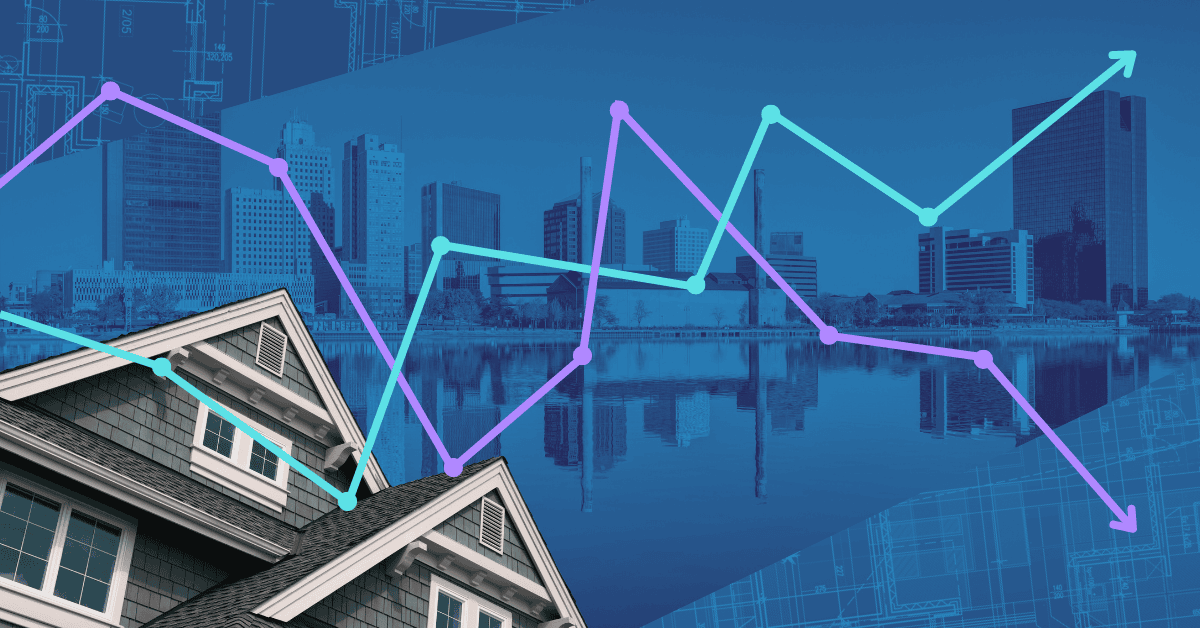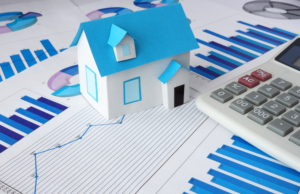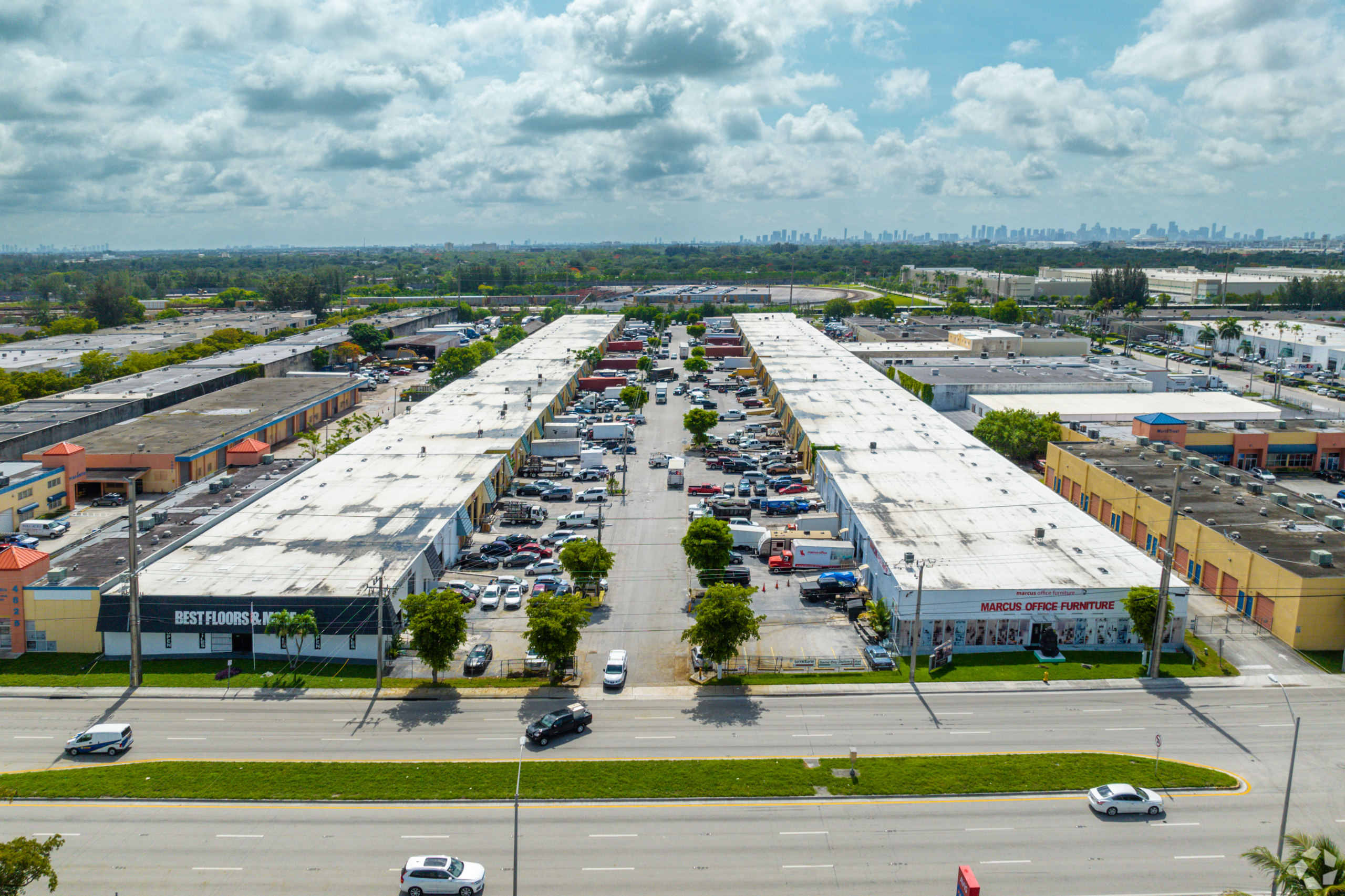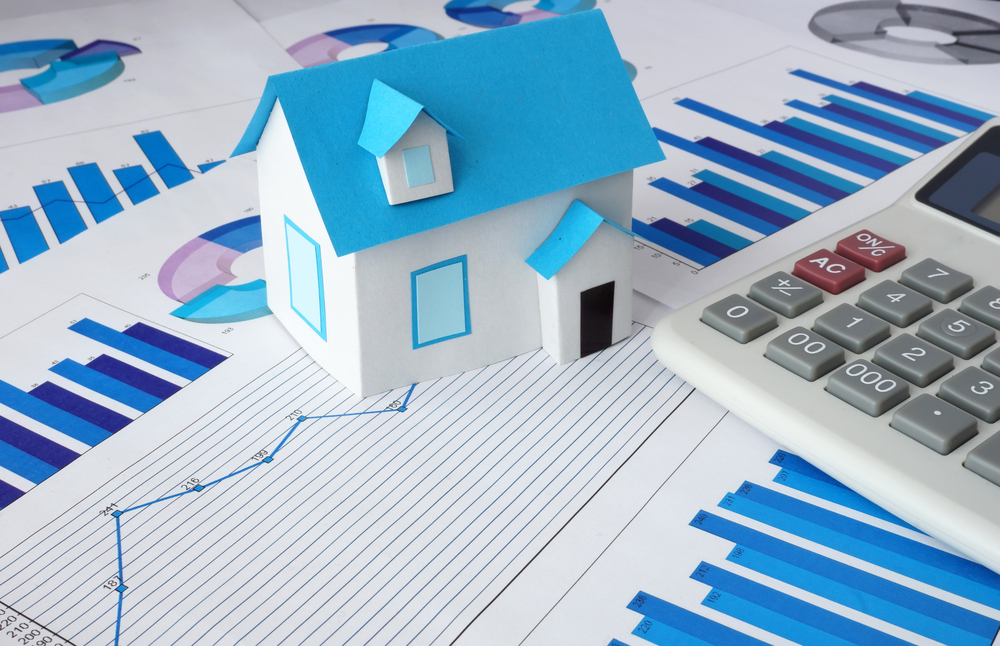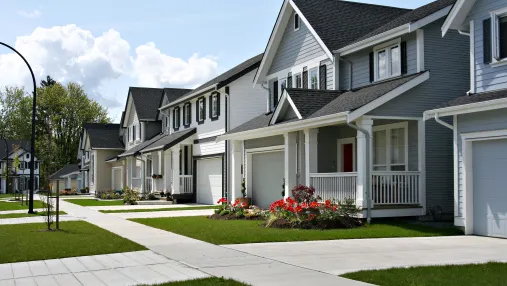Housing Market Slowdown: Growth Decelerates as Buyers Retreat Amid Economic Uncertainty
The Dramatic Cooling of America's Housing Market
The U.S. housing market is experiencing a significant shift as home price growth has decelerated to half its previous pace. The latest data for the four weeks ending April 13 shows the median home-sale price increased just 2.6% year-over-year nationwide – a stark contrast to the robust 5-6% growth observed at the close of 2024 and beginning of 2025.
This cooling trend is even more pronounced in certain regions, with 10 of the nation's 50 most populous metropolitan areas actually reporting year-over-year price declines. These decreases are particularly concentrated in Texas and Florida markets, which had previously experienced some of the most dramatic pandemic-era price increases.
The fundamental dynamics driving this market shift are clear: housing supply is expanding while buyer demand continues to wane. New listings have surged 11.2% compared to the same period last year, contributing to a 12.3% increase in total housing inventory. Meanwhile, pending sales have dipped approximately 1% year-over-year, and mortgage purchase applications dropped 5% in just one week.
Economic Uncertainty Dampens Buyer Enthusiasm
Two primary factors are suppressing homebuyer demand in the current market. First, housing affordability remains at crisis levels, with the median monthly housing payment reaching an unprecedented $2,819 – the highest figure ever recorded. This astronomical cost barrier persists despite mortgage rates easing slightly to 6.62% (for the week ending April 10), down from last year's 6.88%.
Second, and perhaps more consequential for market psychology, widespread economic instability has severely impacted consumer confidence. Recent tariffs, volatile stock market performance, and growing recession concerns have prompted potential buyers to exercise caution. The combination of financial uncertainty and fears about potential home value depreciation has led many prospective homeowners to temporarily abandon their purchasing plans.
"A lot of buyers, especially first-timers, are backing off because they're nervous about a potential recession," explains Venus Martinez, a Redfin Premier agent in Los Angeles. "Some house hunters are hanging out on the sidelines because they're hopeful mortgage rates will come down soon. The buyers who are still active, typically those who need to move, are picky and unwilling to pay over asking price."
Supply Increases as Seller Strategy Shifts
The surge in housing inventory can be partially attributed to strategic decisions by homeowners. Many sellers are accelerating their timelines, hoping to capitalize on current market conditions before a potential economic downturn further suppresses demand and prices. There's a growing sense of urgency among some property owners to list now rather than risk a less favorable selling environment later.
Market data reveals this shifting power dynamic between buyers and sellers. The percentage of homes sold above list price has fallen to 25.8% from 29% a year ago, and the average sale-to-list price ratio has decreased to 98.7% from 99.1%. Additionally, homes are taking longer to sell, with the median days on market increasing by 5 days compared to the same period last year.
Martinez notes, "The buyers who are still active have the right strategy: Many of today's sellers are willing to negotiate the price down." This represents a meaningful shift from the frenzied seller's market that characterized much of the post-pandemic period.
Regional Market Disparities Reveal Broader Trends
The housing slowdown is manifesting unevenly across different regions, creating a patchwork of market conditions nationwide. While some metropolitan areas continue to see robust price growth – such as Newark (10.9%), Cleveland (10.6%), and New Brunswick (9.2%) – others are experiencing notable declines.
Jacksonville, Florida leads the cooling trend with prices down 2.8% year-over-year, followed by San Antonio (-1.8%) and Montgomery County, Pennsylvania (-1.7%). Other significant markets showing price declines include Oakland, Austin, Portland, Dallas, Sacramento, Orlando, and Fort Worth.
The variability extends to transaction volume as well. Columbus, Cincinnati, Boston, Indianapolis, and Montgomery County all posted substantial increases in pending sales, while Cleveland, Miami, Fort Lauderdale, Houston, and Las Vegas saw double-digit declines.
These regional disparities point to the increasing localization of housing markets as the national trend toward moderation takes hold. Markets that experienced the most dramatic pandemic-era growth appear to be correcting more substantially, while some previously overlooked markets demonstrate greater resilience.
What This Means for Market Participants
For homebuyers, the evolving market presents both challenges and opportunities. While affordability remains severely constrained by historical standards, the slowing price growth and increasing inventory provide leverage that has been absent for years. Patient buyers who remain active in the market may find sellers more willing to negotiate on price and contingencies.
For sellers, the message is one of recalibrated expectations. The days of receiving multiple above-asking offers within hours of listing are largely over in most markets. Successful selling now requires realistic pricing strategies and preparation for potentially longer marketing periods.
Investors must navigate a market with diminishing appreciation potential in the near term. With cash flow becoming increasingly important relative to appreciation, investment strategies may need adjustment to reflect the changing risk-reward equation.
For policymakers and housing advocates, the slowing market presents an opportunity to address long-term affordability challenges without the pressure of runaway price growth. This moment of relative stability could allow for thoughtful implementation of policies aimed at increasing housing supply and accessibility.
Market Insights
Is the housing market heading for a crash in 2025?
Current data suggests a market correction rather than a crash. While price growth is slowing significantly and even reversing in some regions, the fundamentals differ substantially from the 2008 housing crisis. Today's homeowners have stronger equity positions, lending standards remain relatively tight, and housing supply, while increasing, is still below historical averages in many markets.
What factors might reverse the current market slowdown?
A significant decrease in mortgage rates could reinvigorate buyer demand, as many potential purchasers are specifically citing high financing costs as their reason for waiting. Additionally, if economic concerns subside and consumer confidence rebounds, we could see a return of buyers currently sitting on the sidelines.
Which housing markets are proving most resilient to the slowdown?
Midwestern markets like Cleveland, Milwaukee, and Cincinnati are showing stronger price appreciation than coastal and Sun Belt areas. These markets typically feature more affordable housing stock and didn't experience the same degree of pandemic-era price inflation, potentially leaving more room for sustainable growth.
How are first-time homebuyers faring in the current market?
First-time buyers continue to face significant challenges with affordability, but the slowing competition and increasing inventory provide some counterbalance. Many are adopting a wait-and-see approach, hoping for more favorable conditions in terms of interest rates or prices before committing to what would be historically expensive purchases.
Should homeowners considering selling accelerate their timelines?
The answer depends on individual circumstances and local market conditions. While national trends point to moderating prices and potentially more challenging selling conditions ahead, some markets continue to show strength. Homeowners should consult with local real estate professionals familiar with their specific market dynamics before making timing decisions based on broad national trends.

